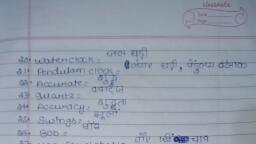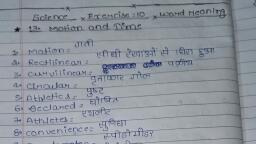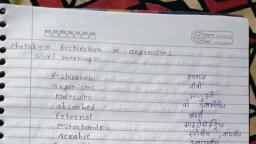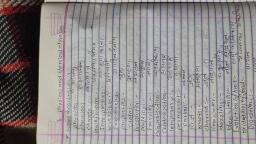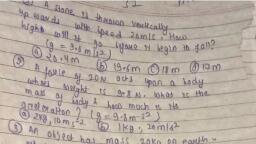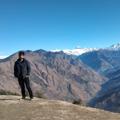Question 2 :
Why is relative density calculated with respect to the densityof water particularly at $\displaystyle{ 4 }^{ \circ }C$?
Question 3 :
A body initially floats in water. When another body is kept over it, then it sinks because :
Question 4 :
Any solid will float in water if its relative density is :
Question 7 :
When a body is fully immersed in a liquid the apparent loss in the weight of body is equal to :
Question 8 :
A body of mass $3.5kg$ displaces $1000cm^3$ of water when fully immersed inside it. (take $g=10 m s^{-2}$). The volume of the body is $ X\times 10^{3} cm^{3}$. Find $ X.$
Question 10 :
What is the relationship between buoyant force and the weight of liquid displaced?<br/>
Question 12 :
At the Earth, a block of mass $m$ which rest on the frictionless table,  let $F$ be the force required to produce acceleration $a$. Calculate the force at the Moon to produce same acceleration if  $g_{moon}$ is one sixth of $g_{earth}$.
Question 13 :
When a body is fully immersed in a liquid, the loss of weight of the body is equal to:
Question 14 :
State whether given statement is True or False<br/>Archimede's principle describes the magnitude of a buoyant force acting on a body that is partly or completely submerged in a fluid.<br/>
Question 15 :
Any solid will sink in water, if its relative density is :
Question 16 :
How much would a W kg man weigh on the moon in terms of gravitational units?<br>
Question 17 :
<u></u>Specific weight of sea-water is more than that of pure water because it contains:<br/>
Question 18 :
A block of wood floats in water with two-thirds of its volume submerged. Its relative density is equal to
Question 20 :
Assertion: Pressure inside water-drop is more than that outside drop.
Reason: Water molecules at the surface layer experience net inward force and hence all the water molecules on surface exert force on just inner layer molecules giving rise to a kind of volumetric compression
Question 21 :
The value of 'g' at moon is $\left ( \dfrac {1}{6} \right )^{th}$ of that on earth. A balloon filled with hydrogen will :
Question 22 :
A solid cube and a solid sphere both made of same material are completely submerged in water but to different depths. The sphere and the cube have same surface area. The buoyant force is<br/>
Question 23 :
If radius of the earth contracts $2 \%$ and its mass remains the same, then weight of the body at the earth surface
Question 24 :
The acceleration due to gravity $g$ and density of the earth $p$ are related by which of the following relations? (Here $G$ is the gravitational constant and $R$ is the radius of the earth).
Question 25 :
A ball is dropped into water from a height of 9 cm. The density of ball is $0.4 \times 10^3 \,kg/m^3$, then, to what depth does the ball sink?
Question 26 :
Two planets of radii $R_{1}$ and $R_{2}$ have masses $M_{1}$ and $M_{2}$ such that $\dfrac {M_{1}}{M_{2}} = \dfrac {1}{9}$. The weight of an object on these planets is $w_{1}$ and $w_{2}$ such that $\dfrac {w_{1}}{w_{2}} = \dfrac {4}{9}$. The ratio $R_{1}/R_{2}$.
Question 27 :
If the earth shrinks half in radius with its mass remaining the same, the weight of an object on earth will :<br/>
Question 29 :
Two solids A and B Float is a liquid. It is observed that A floats with half its volume immersed and B floats with $2/3$ of its volume immersed. Compare the densities of A and B.
Question 30 :
A ball is thrown vertically upwards. The acceleration due to gravity:
Question 31 :
An iron ball is weighed in air and then in water by a spring balance
Question 32 :
Assume that the Earth goes round the sun in a circular orbit with a constant speed of $30 km/s$<br/>
Question 33 :
Two astronauts have deserted their spaceship in a region of space far from the gravitational attraction of any other body. Each has a mass of $100kg$ and they are $100m$ apart. They are initially at rest relative to one another. how long will it be before the gravitational attraction brings them $1cm$ closer together?<br>

